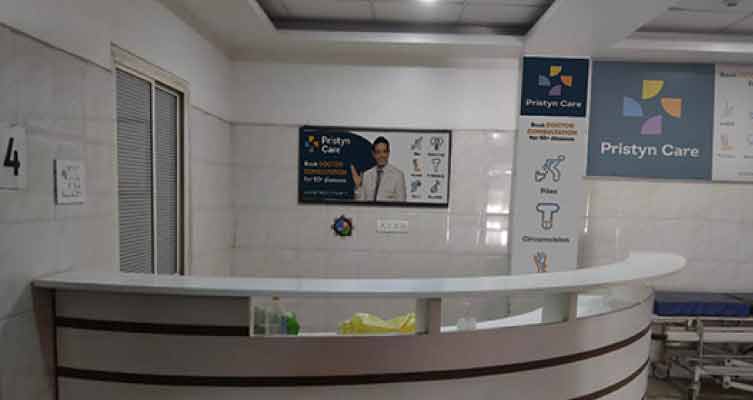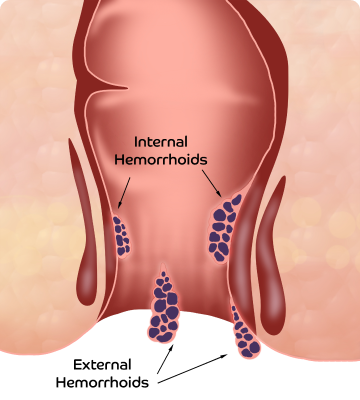How do orthopedic doctors treat carpal tunnel syndrome?
Your course for treatment for carpal tunnel syndrome will begin with diagnosis. After a comprehensive, detailed examination and diagnosis, your orthopedic specialist will provide a personalized treatment plan, tailored as per your case. Depending on your condition and symptoms, your orthopedist might recommend bracing or wearing a splint to keep the wrist in a neutral position. Anti-inflammatory medications and steroid injections might also be recommended to relieve painful symptoms of CTS.
Your orthopedic doctor might also recommend physiotherapy, which will focus on nerve gliding exercises and help alleviate the symptoms. Patients involved in jobs or activities that involve repetitive use of hand and wrist, might be suggested activity changes to reduce the symptoms.
In severe cases, when nonsurgical treatments have not relieved your symptoms of carpal tunnel syndrome, your orthopedist might bring the option of carpal tunnel release surgery. Call us today to find out if carpal tunnel syndrome is the cause of your painful symptoms and get a personalized treatment plan, based on your case.
What are the advantages of undergoing endoscopic carpal tunnel release surgery?
Benefits of choosing the modern procedure of endoscopic carpal tunnel over conventional surgery has the following advantages –
- Smaller incision
- Shorter hospital stay
- Faster and complication-free recovery
- Reduced postoperative pain
- Reduced risk of postoperative complications
- Lower risk of damage to the nearby nerves and blood vessels
Most orthopedic surgeons prefer to use modern, less invasive surgical techniques for various orthopedic surgeries as they involve a smaller incision (comparatively) and thus result in speedy recovery and shorter hospital stay. To know more about endoscopic carpal tunnel release surgery and how it can help you, meet our specialist doctors for carpal tunnel treatment in Pune.
How is endoscopic carpal tunnel surgery performed?
Endoscopic carpal tunnel surgery is performed in the hospital under the influence of anesthesia. An endoscope is inserted through one incision. The endoscope has a camera on its end, which allows the doctor to look for any pathology or anomaly. The endoscope presents an image on the television screen that allows the surgeon to see the inside of the hand or wrist directly.
The orthopedic surgeon may insert surgical instruments through the second incision to cut the transverse carpal ligament and thus releasing the pressure on the median nerve by expanding the carpal tunnel. After the ligament is cut, the incisions are closed by dissolvable sutures. Endoscopic carpal tunnel release surgery is much less traumatic to the joint, muscles ligaments, and tissues than the conventional carpal tunnel surgery that is performed with long incisions.














.svg)









